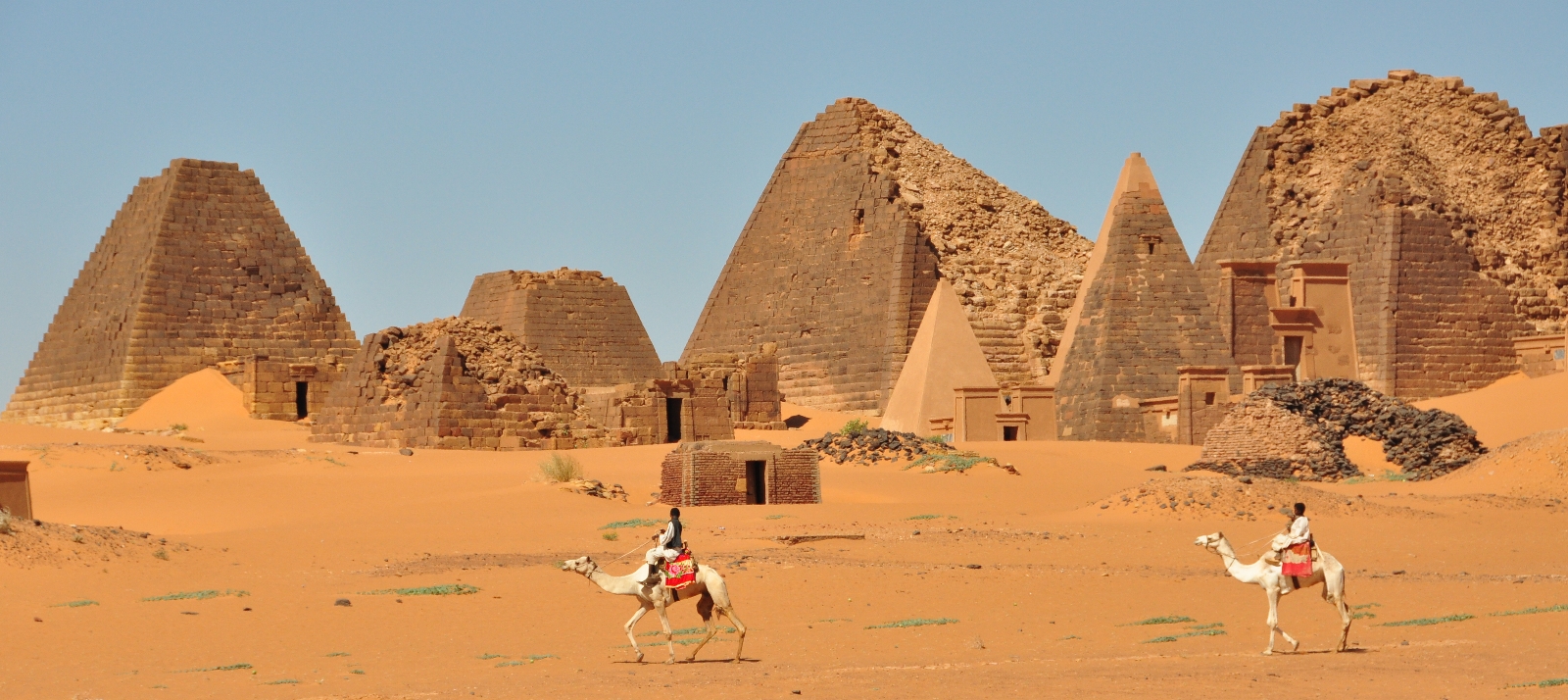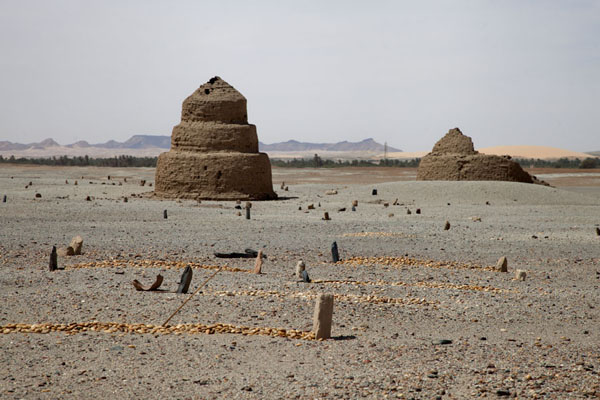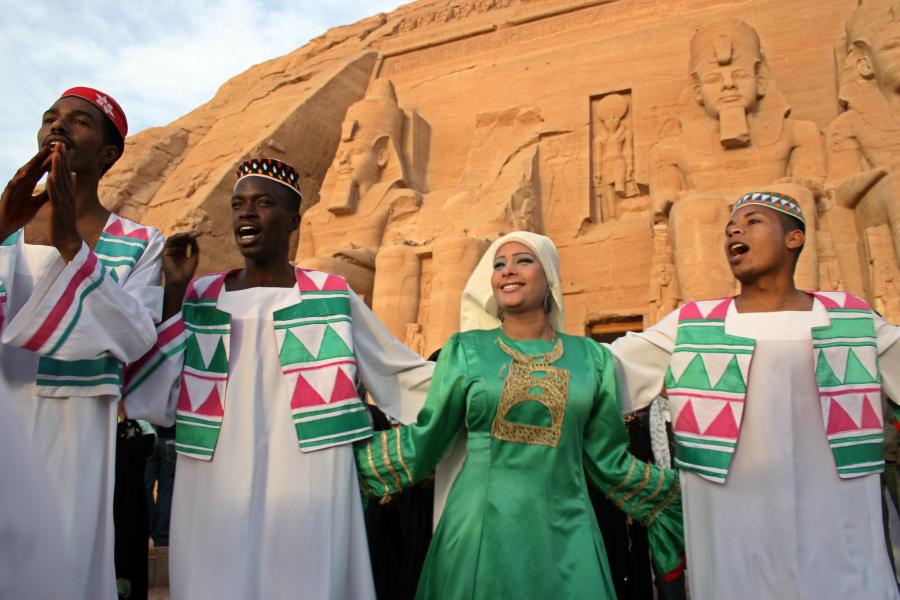
Sudan
Alluring Sudan
A land of Gods previously, with desert strewn across it Sudan is an interesting destination of choice. A meeting of the Nile River, sand dunes that caress the earth and ruins so carefully placed – Sudan is an experience you ought to have.

https://za.pinterest.com/daridapurnasya2/sudanese-food/ – Image 01 (Sudanese food)
Starting with the tastes of Sudan, Amwaj in Khartoum is a beloved restaurant of locals. With odd décor, thrilled waiters and dishes of tender lamb shwarma’s – this is the place to eat at. Find grilled meats, perfectly moulded koftas (kebabs) and sweet baklava all on offer. If you want to eat Sudanese food with more of a bustling vibe, visit Laziz also in Khartoum. In the heart of the city, this restaurant boasts a salad bar and a terrace to feel the cool breeze outside. A variety of stews accompanying porridge is available to tuck into.
Many Sudanese dishes are influenced by the region of origin, but all commonly include garlic, pepper and chilli. Peanuts are also quite popular and can be found in many stews as well as desserts.

http://www.megaliths.org/browse/category/3/view/37 – Image 02 (Meroe Pyramids)
North of Khartoum, is the Meroe Pyramids. Tombs of ancient royalty lie here, so this is a historical site. Much of the site is in decay, with only a few structures still intact. Nonetheless, it is still worth the drive through the sandy desert. There are hieroglyphics, carvings and statues that take you back to the once ancient cities that laid in the desert. Similar to the pyramids in Egypt, these are Nubian style and show how civilisations had migrated through Africa. It is open daily, so take along your camera and find a knowledgeable guide that can you take you through the ruins.

http://www.traveladventures.org/continents/africa/sai-island.html – Image 03 (Sai Island)
Far North-West Tunisia is Sai Island, home to a fort encasing ruins of Ancient Egypt. Taking a ferry or hiring a boat is the best way to get to the island. It is advisable that you do visit the island with a tour group, as you will no doubt be taught about the Egyptian kingdom and Ottoman Empire. You’ll find broken relics scattered around, carvings into the remaining walls and interested faces watching you explore from the Tabaj village nearby. It’s the largest island in the middle of the Nile River.

https://computerscience.johncabot.edu/kduong/s2015cs130-4/iabdelgadir/project/north.html – Image 04 (Sudanese clothing)
With a country that favours both the Christianity and Islamic faith, and with the climate – dress is conservative. Traditional attire in Sudan represents status. Women wear thwab’s which are wrap around cloths used over skirts, dresses and trousers. Men wear loose-fitting robes called a jalabiya, a skull cap and the colours are in muted tones. Men wear vests over their robes as well, occasionally in a different colour. Women also wear elaborate gold jewellery for special occasions, with head chains that draped over their hair or their hijab’s (head wrap).
As the Nile River gushes through Sudan, you’ll find yourself at a café onlooking the waters. The sun will start setting, a cool air breezes past you and you will find yourself completely captivated by Sudan.
